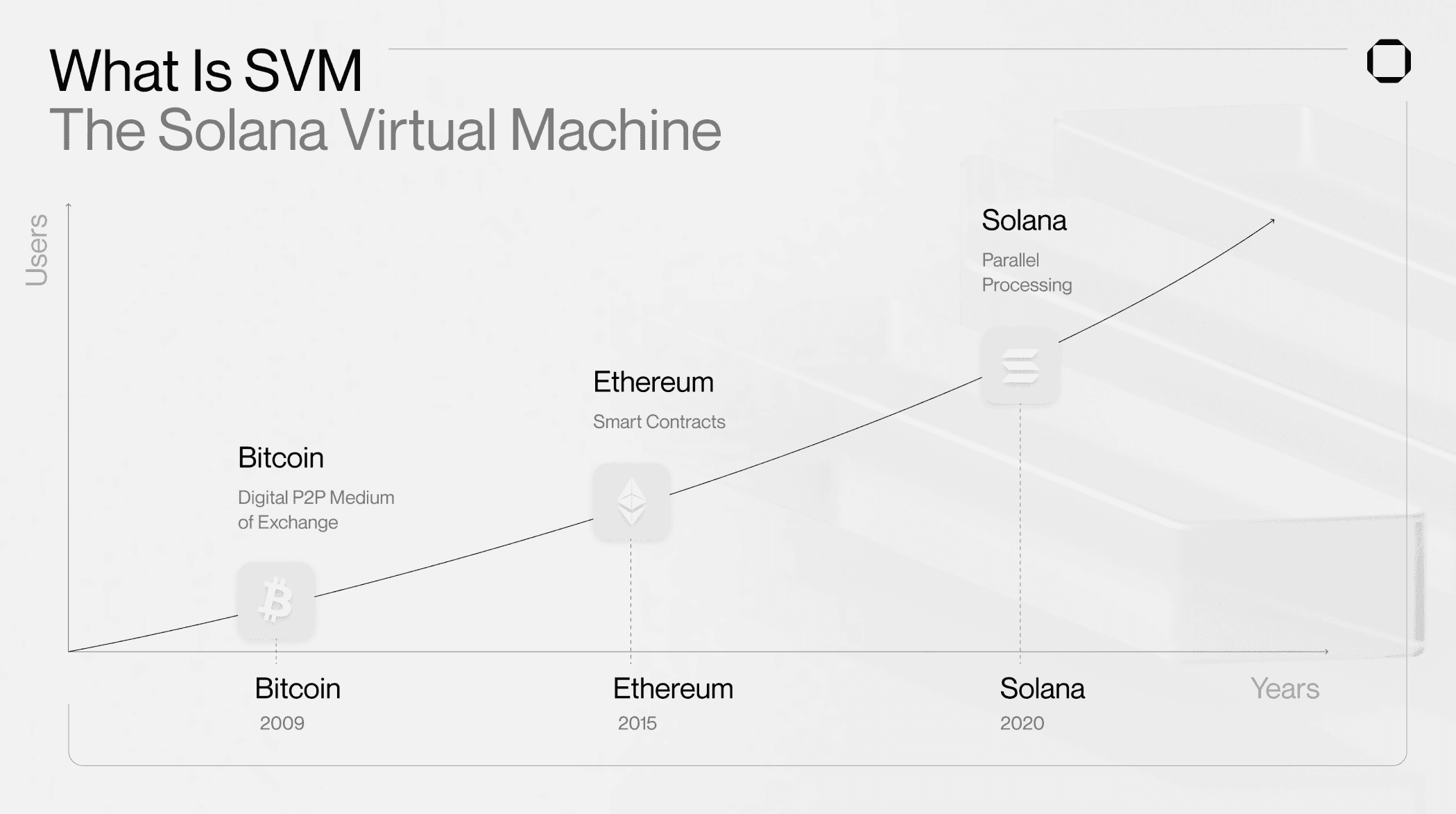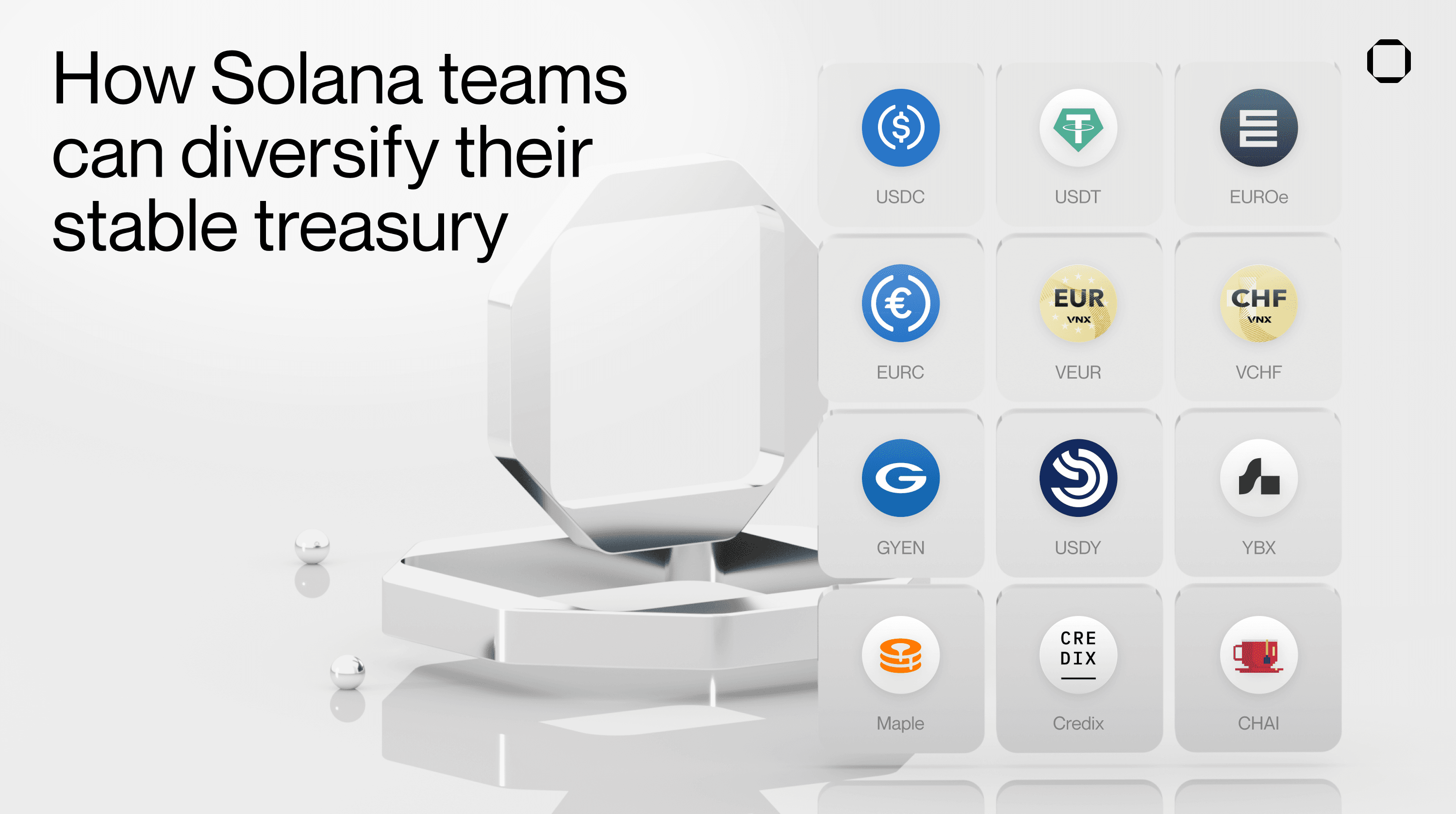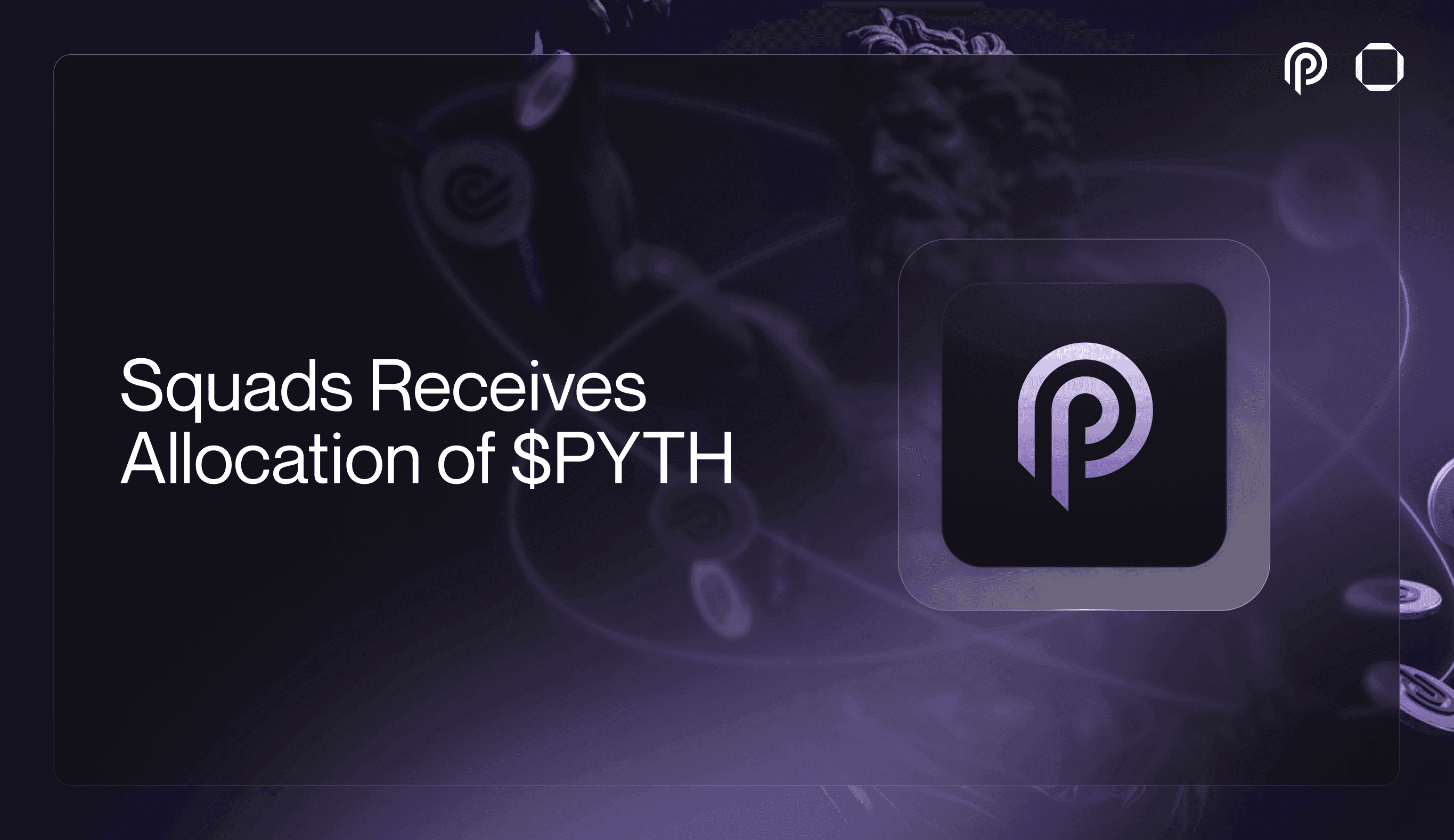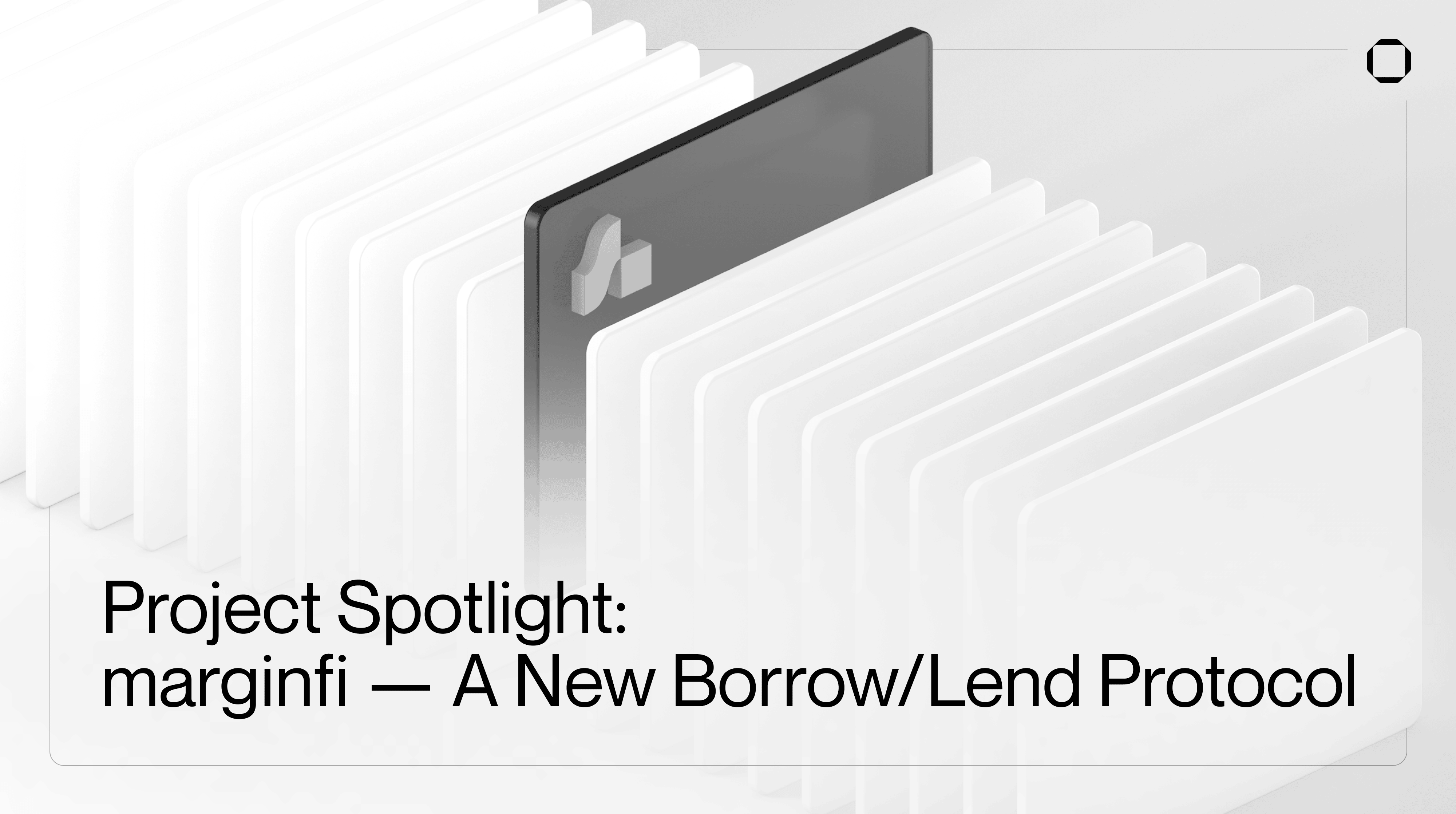Solana has gained significant attention as a next-generation, highly scalable blockchain, largely due to its exceptional performance capabilities that can handle thousands of transactions per second with almost no fees. One of the key elements of Solana's advanced technology is its execution environment, SVM, which includes the Sealevel parallelization engine.
This article covers the Solana Virtual Machine (SVM) and how this innovative infrastructure enables the Solana blockchain to deliver enhanced performances compared to traditional EVM blockchains like Ethereum. While EVM has for a long time been the dominant virtual machine standard in crypto, we'll also explore how SVM is gradually expanding through rollup solutions such as Nitro and Eclipse.
The Solana Virtual Machine (SVM) and Sealevel Explained
The Solana Virtual Machine, SVM in short, is the execution environment that processes transactions and smart contracts/programs on the Solana network. In order to better comprehend SVM, we first need to understand how a virtual machine works within a crypto network.
In the context of blockchains, a virtual machine (VM) is a piece of software that runs programs, more often referred to as a runtime environment to execute smart contracts for a crypto network. When a transaction is submitted, the virtual machine of the network is responsible for processing it and managing the state of the blockchain (the current status of the entire network) impacted by the execution of this transaction. The specific rules for changing the state of the network are defined by the VM.
When processing a transaction, the VM converts the smart contract code into a format that can be carried out by the validators' hardware. On Solana, the main languages for writing smart contract are Rust, C, and C++, which are compiled into BPF bytecode by the Solana Virtual Machine (SVM), enabling transactions to be executed efficiently by the nodes of the network (validators).

The nodes of the Solana network, known as validators, each run their own isolated environment of the Solana Virtual Machine (SVM) to maintain consensus across the blockchain. When a smart contract is deployed (modifying the network's state), it communicates the required state changes to the runtime. The Solana runtime then forwards these state changes to the SVM instances operating within each validator's system, where all validator nodes receive a copy and translate it, updating the blockchain. This distribution of SVM instances across validators results in a decentralized network, reducing the risk of DDoS attacks or shutdowns. Moreover, this isolation ensures that potential bugs or vulnerabilities in a smart contract do not compromise the security or stability of the entire Solana network.
In summary, these SVM instances can be viewed as “mini-computers” that execute the necessary operations to update the state of the Solana network based on the provided instructions by transactions. While many blockchains today rely on the Ethereum Virtual Machine (EVM), Solana has developed its own VM, featuring unique capabilities that deliver improved performance.

The key component of SVM is Sealevel. This engine enables “horizontal” scaling within the Solana execution environment by allowing multiple smart contracts to run simultaneously without impacting each other's performance, a concept known as parallel processing. This is possible due to Solana smart contracts describing which data (state) will be read or written while executing in the runtime. This lets transactions without conflicts to run at the same time, as well as those just reading the same information. Sealevel makes it thus possible for the SVM to handle tens of thousands of transactions simultaneously, as opposed to processing them one by one like the Ethereum Virtual Machine (EVM).
SVM vs EVM (Ethereum Virtual Machine)
While both EVM and SVM perform similar functions, the Solana VM is much more efficient and faster. On EVM, when a smart contract transfers a dollar from a user’s balance, this transaction is stored within the specific contract's storage. This design creates potential issues if the Ethereum Virtual Machine attempts to process multiple transactions in parallel. For example, two different smart contracts might simultaneously attempt to spend the user’s balance, or another contract might read this same user’s balance while it is in the process of being updated, leading to inconsistencies and conflicts.

In contrast, the Solana account model separates data, such as user’s balance, for better organization and efficiency. Transactions on Solana also require explicit specification of the data they will read and modify before execution in the SVM. As said earlier, this allows programs that do not interact with the same data to run concurrently, which helps to alleviate congestion and reduce high fees. For example, the Solana VM can process Toly sending one dollar to Raj simultaneously with Armani sending three dollars to Chase.

The reason EVM struggles with processing multiple transactions simultaneously is partly due to it being a "single-threaded" runtime environment, which can only process one contract at a time. Due to this, the EVM design does not take advantage of multi-core hardware, which means only one core of the validator’s hardware is actively processing transactions, while the other cores remain underutilized. This often results in network congestion and higher transaction fees. However, it is important to note that other factors than its multi-threaded runtime also contribute to EVM limitations, such as the desire to maintain low hardware requirements for running nodes.
On the other hand, Sealevel optimizes the performance of the Solana runtime by enabling efficient use of the available hardware resources. SVM is a multi-threaded runtime environment, designed to process multiple transactions in parallel by using all the cores available of the validator machine. This makes Solana able to scale more effectively as the hardware of its validators improves over time. The Solana Virtual Machine can also manage transaction fees in a better way thanks to its architecture. This has led to the development of localized fee markets, which enable fees to be assigned per smart contract. In contrast, EVM chains rely on global fee markets, meaning that an NFT mint can affect a swap or DeFi transaction, even though the transactions are unrelated.

For all these reasons, SVM's parallel processing capabilities allow Solana to achieve significantly higher TPS, resulting in faster transaction speeds, and with almost invisible fees compared to the EVM architecture. This positions SVM as a next-generation blockchain environment, far more efficient and performant. As more developers recognize this, we are starting to see greater adoption of the SVM as an execution environment for smart contracts, with an emerging ecosystem of SVM rollups taking shape.
The Emerging Ecosystem of SVM Rollups
A rollup is a type of blockchain scaling solution that processes transactions outside of a Layer 1 blockchain (e.g., Solana) and later posts the data to a Layer 1 retroactively. Rollups aim to reduce network congestion and transaction fees by bundling multiple transactions together into a single "proof" that is then submitted to the main chain. The greatest advantage of building a rollup is the ability to fully customize the chain. This customization allows for various use cases, such as tailored orderbooks, encrypted mempools for minimizing MEV (Miner Extractable Value), or permissioned applications designed to meet specific requirements.
A virtual machine can also be used to simplify the deployment process for developers on other chains that use the same VM. This network effect has greatly benefited Ethereum and its VM, since it was the first runtime environment for crypto smart contracts. As a result, EVM has been the primary execution environment used for building rollup blockchains. Among the two types of rollups, Optimistic and Zk, Optimistic rollups such as Arbitrum are the most widespread. Recently, SVM has seen numerous advancements aimed at bringing the rollup technology to Solana developers. The main projects building rollups for Solana are Nitro and Eclipse.

Nitro is an Optimistic rollup solution, similar to Arbitrum or Optimism, that utilizes the Solana Virtual Machine (SVM) to enable Solana developers to port their dApps to various ecosystems. Nitro plans to launch on Sei first, a sector-specific trading chain built on Cosmos, before expanding to other chains. It uses SVM to execute transactions with parallelization, which means users will be able to perform as they would on Solana, while Nitro using Sei for settlement and consensus. Furthermore, with Sei being part of the Cosmos ecosystem, Nitro’s projects and its users will be able to benefit from the IBC interoperability technology, accessing Cosmos assets and liquidity.
Another SVM rollup solution in development is Eclipse, which aims to facilitate the deployment of customizable rollups. Eclipse's optimistic rollups enable projects to create their own distinct app chains while benefiting from the security of established networks (e.g., Cosmos app-chains, Polygon, Ethereum) and leveraging the Solana Virtual Machine (SVM). SVM serves as the execution environment, with Eclipse handling settlement, and consensus and data availability (DA) managed by the developer's chosen Layer 1 network. Currently, Eclipse offers Optimistic rollup solutions but is working on launching zk-rollups as well.

Eclipse has already announced two rollup solutions built on top of SVM:
Polygon SVM: With this rollup, any project built on Solana can easily deploy onto the Polygon network;
Cascade: Introduced by Injective and Eclipse, Cascade is an SVM rollup optimized for the IBC ecosystem. It will allow Solana projects to effortlessly deploy to Cascade and access the assets and liquidity of the Cosmos app-chains. Moreover, projects on Injective can now utilize Cascade's parallelized SVM.
All those solutions are simplifying the usage of the Solana VM and expanding its reach. Users from other chains will also be able to “taste” the Solana parallelization experience without friction, which could lead to more realization of the SVM superiority and thus to more projects moving their dApps to Solana to benefit from its architecture and onboard more users.
SVM Is A Next-Generation Blockchain Environment for Developers
Despite being only three years old, Solana has already demonstrated impressive performance, and the development of scaling solutions like Nitro and Eclipse on top of its VM highlights the success of its innovative execution architecture. Solana has been able to learn from the challenges faced by older networks like Bitcoin and Ethereum. Bitcoin wasn't designed for smart contracts, which led to the emergence of Ethereum. Similarly, Ethereum wasn't prepared for mass adoption and high-speed transactions, paving the way for Solana and parallel processing. Moreover, access to the SVM environment is becoming easier for developers, with Neon Labs bringing in Solidity compatibility with the Solana runtime, as well as the upcoming Runtime v2 upgrade, which should enable developers to build SVM-compatible dApps using a plethora of programming languages such as Move.
It is evident that the Solana VM offers a more advanced environment for building next-generation applications. The parallel processing of transactions enables higher throughput, akin to what is possible in traditional finance, enabling developers to build any kind of product without worrying about speed limits or fees. Building on a chain with TPS as high as 15 will not bring crypto to mass adoption. Thanks to SVM and Sealevel, Solana can (already) handle thousands of transactions without congestion nor noticeable gas fees, making it a perfect environment for building those new applications. And as the hardware of validators improves, Solana’s Sealevel runtime will be able to process even more transactions in parallel, widening the gap between SVM and EVM while onboarding more users.
Squads will support the expansion of the Solana Virtual Machine (SVM) and bring multi-signature (multisig) functionality to the whole SVM ecosystem, enabling anyone to use the best blockchain execution environment with the best self-custody experience to manage on-chain assets.
Acknowledgments: Thanks to Jarry Xiao (Ellipsis) and Neal Somani (Eclipse) for feedback on earlier drafts of this post.
About Squads
Squads is a crypto company operations platform that simplifies management of developer, creator, and treasury assets for teams building on Solana and SVM. Open source, formally verified, immutable, Squads enables teams to secure their on-chain assets in a multisig and jointly manage them.
Learn more
Squads: https://squads.so/blog/what-is-squads
Squads Protocol: https://squads.so/blog/solana-svm-smart-contract-wallet-infrastructure
Code: https://github.com/Squads-Protocol/squads-mpl



